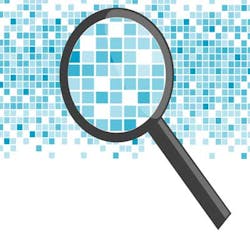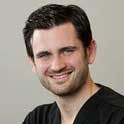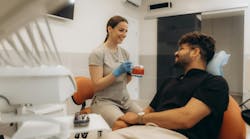CAMBRA and caries detection technology
The American Dental Association and the American Academy of Pediatric Dentistry are just two of the organizations that have collaborated in moving dentistry to a more preventive model rather than a surgical one. This philosophy is perhaps best exemplified in the methodology known as CAMBRA, or Caries Management by Risk Assessment. The dental care team analyzes individual patient risk factors for tooth decay by using various methods, including standardized assessment forms and bacterial load testing. Based on the patient’s specific classification as low, moderate, high, or extreme risk, the dental team can then recommend a comprehensive treatment plan for minimal intervention that is grounded in evidence-based dentistry. Early lesions are arrested or reversed, and overall risk is reduced.
ADDITIONAL READING |Are you CAMBRA ready?
A critical part of the assessment process is detection of existing carious lesions in their various stages. As CAMBRA grows as a treatment philosophy, so, too, will the need to accurately and reliably detect caries. The traditional methods of radiographs and explorers are limited in their ability to quantify and map existing decay. They are also unable to detect the success of remineralization therapy as they cannot give any information about the microscopic composition of enamel and dentin or the presence of bacteria.
ADDITIONAL READING |Creating the ultimate doctor-patient hygiene exam
Thus there is a new role for advanced caries detection technology. A practice that adopts the CAMBRA philosophy will require instrumentation that is able to document the location and severity of carious lesions. Diagnosis that is based solely on visual, tactile, and radiographic examination is more limited. Healthy tooth structure can be easily distinguished from frank cavitation, but the spectrum of disease in between has subtleties that may escape the examiner.
Enhanced caries detection makes use of differences in tooth fluorescence (by laser or LED light) or differences in tooth electrical impedance. Depending on the device, the practitioner can gain visual, numeric, and/or audible information to aid diagnosis. A carious lesion that has been classified more accurately along the spectrum of disease can be treated more proactively.
ADDITIONAL READING |Increasing the longevity of Class II resin-based composites
An early lesion that is assigned a numeric value can be remineralized and then reevaluated in six months to see if therapy has been successful. A more traditional approach might be to spot a potential lesion on a radiograph and then wait another six months to see if it gets larger. Not only is this method more subjective, but it also delays intervention. The clinician risks moving to a surgical solution instead of initiating a preventive one.
Detecting caries as early as possible allows for remineralization therapies or minimally invasive surgical ones. The future of caries management is developing specific protocols for patients based on their caries risk and biofilm composition. Caries detection technology gives greater confidence to dentists and hygienists who wish to tailor preventive treatments to their patients.
Photo credit above: Dreamstime.com



